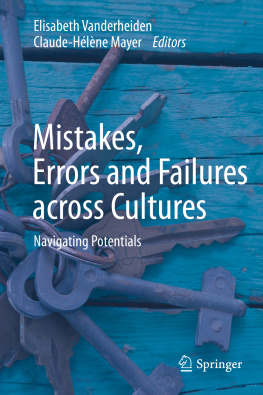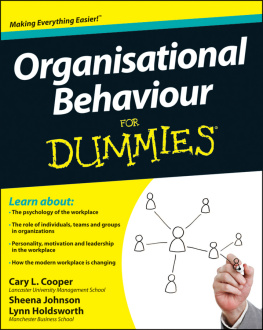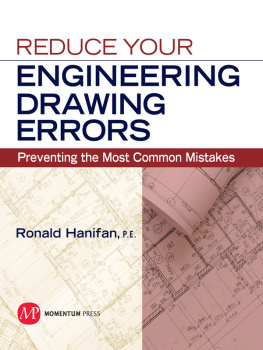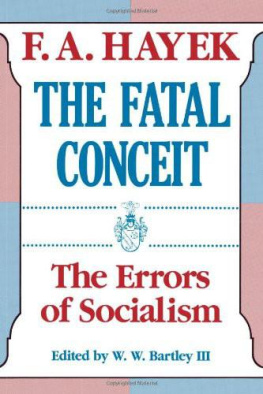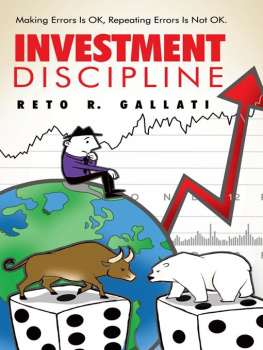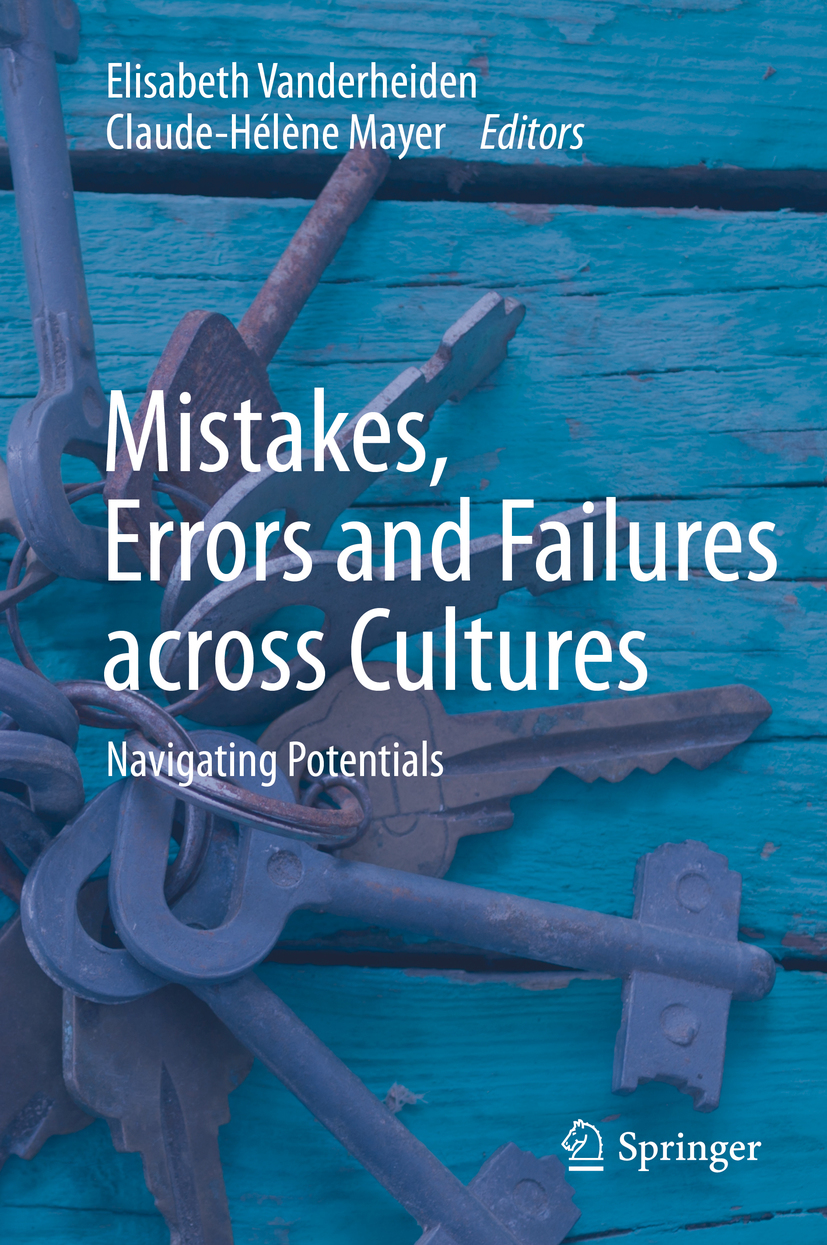Editors
Elisabeth Vanderheiden
Catholic Adult Education of Germany, Rmerberg, Germany
Claude-Hlne Mayer
Department of Industrial Psychology and People Management, University of Johannesburg, Johannesburg, South Africa
Institut fr Therapeutische Kommunikation und Sprachgebrauch, Europa Universitt Viadrina, Frankfurt (Oder), Germany
ISBN 978-3-030-35573-9 e-ISBN 978-3-030-35574-6
https://doi.org/10.1007/978-3-030-35574-6
Springer Nature Switzerland AG 2020
This work is subject to copyright. All rights are reserved by the Publisher, whether the whole or part of the material is concerned, specifically the rights of translation, reprinting, reuse of illustrations, recitation, broadcasting, reproduction on microfilms or in any other physical way, and transmission or information storage and retrieval, electronic adaptation, computer software, or by similar or dissimilar methodology now known or hereafter developed.
The use of general descriptive names, registered names, trademarks, service marks, etc. in this publication does not imply, even in the absence of a specific statement, that such names are exempt from the relevant protective laws and regulations and therefore free for general use.
The publisher, the authors, and the editors are safe to assume that the advice and information in this book are believed to be true and accurate at the date of publication. Neither the publisher nor the authors or the editors give a warranty, expressed or implied, with respect to the material contained herein or for any errors or omissions that may have been made. The publisher remains neutral with regard to jurisdictional claims in published maps and institutional affiliations.
This Springer imprint is published by the registered company Springer Nature Switzerland AG.
The registered company address is: Gewerbestrasse 11, 6330 Cham, Switzerland
Foreword
I was delighted that Elisabeth Vanderheiden and Claude-Hlne Mayer asked if I could provide a Foreword to their interesting book exploring the genesis of mistakes. Mistakes are perhaps the most common of human errors and often the least understood. My delight came from the fact that the invitation came just as I was completing the renewal of my Certified Instrument Flight Instructor (yes, researchers do have lives outside of the laboratory). To be sure, aviation has had an understandable concern with eliminating mistakes. For the layman, this concern has seemed to be focused on commercial operations. CRM (cockpit resource management) came about after the crash of a United Airlines DC-8 in the northwest which ran out of fuel shortly before landing at the airport. The analysis of the incident revealed that the crew depended too much on the captain as they tried to solve a problem all the while using precious fuel. That incident resulted in the airline, followed by the entire industry, to adopt training on how to delegate and integrate the resources of the crew, hence CRM. But in the publics mind, there seems to be less concern about general aviation in avoiding, if not eliminating, mistakes. Many of the mistakes in this domain may not result in the loss of life, though some do. One case I remember well was that of a doctor and his wife who set off in their single engine for a trip for a mid-south state to Texas. The pilot carefully calculated the amount of fuel he would need to easily reach an airport for refueling. However, for reasons unknown, he underestimated the strength of headwinds as they approached the airport. When on final approach, they ran out of fuel and hit trees just off the end of the runway. Both lives were lost. Another example is from my own early days as a pilot. We had just moved to a state in the Southern United States to a town about 50 miles away from the Mississippi River. On one of those perfect VFR days, we decided to fly over to the river and see the barges from a thousand feet. So, we flew up and down the river for a while and then headed back to the home base. Now, this was normally a 45-minute jaunt in our 172, but it seemed to drag on and on. And then I realized I was lost; all the land looked the same. The two lakes that bracketed the home airport were nowhere to be seen. Finally, I called for help from ATC, who found me, and I realized that we had drifted 50 miles south. Yes, a mistake in that as a new pilot is that I forgot to use the instruments in the plane to triangulate between two VORs and keep myself on course. But it was an unintentional mistake. But, one, if the weather had turned nasty, could have had undesirable consequence. The point being that there are intentional mistakes (usually accompanied by the optimism bias), such as scud running and unintentional errors. Over the years, the CFI training has significantly changed to a focus on risk assessment and mitigation. And I would suggest that the concept of risk assessment can be applied outside of the aviation community, e.g., in analyzing vehicular accidents such as starting a trip on an icy day without considering the probability of losing control.
What this book takes as its rationale is are mistakes, errors, and failures culture bound? To be sure, in aviation, we have known for some time that cultures that are highly hierarchical make for problems in the cockpit. For example, a Korean Airlines 747 crashed on approach to a landing because the first officer would not forcefully speak up when he realized that the captain was allowing the plane to drop below the glide slope. The analysis suggested that Korean culture vested almost god-like characteristics in the captain. As a result, Korean revamped its entire training and evaluation program. Of course, this issue is not confined to one airline or one country; similar events have occurred in many countries. But we tend to see these issues, at least before this book, as restricted to certain occupations and not generally spread throughout the culture and through many aspects of everyday living. For that reason, this book can serve as a guide to future research on mistakes, errors, and failures.
This is an important book; the chapters are written with care to the existing research and applications to real-world issues. The authors are to be commended for advancing our knowledge of this critical area.
Dan Landis
completed his PhD in General-Theoretical Psychology from Wayne State University in 1963. He has held several academic and research positions. He is currently Affiliate Professor of Psychology at the University of Hawaii at Mnoa, Professor Emeritus of Psychology, and Dean Emeritus of the College of Liberal Arts, University of Mississippi. He is also Past Chair of the Department of Psychology, Indiana University-Purdue University Indianapolis, Research Psychologist at Educational Testing Service, Senior Research Psychologist at the Franklin Institute, and Visiting Research Professor at the East-West Center; Defense Equal Opportunity Management Institute (DEOMI); University of Illinois; Victoria University in Wellington, NZ; and Primate Laboratory, University of Wisconsin. He is the Founding Editor in Chief of the

